Highlights
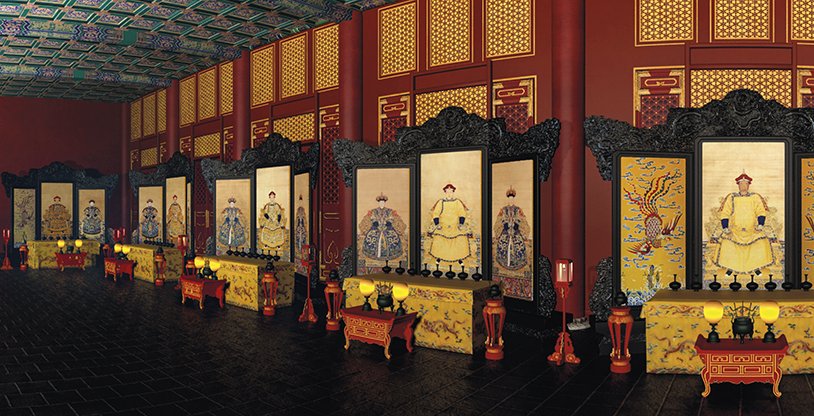
Encountering the Majestic: Imperial Portraits and Qing Court Rites
For the July 2022 opening of the Hong Kong Palace Museum (HKPM), an unprecedented number of over 900 precious treasures were loaned from the Palace Museum for display in the opening exhibitions. While some of these treasures have never been exhibited before, many have been widely presented in past exhibitions. It therefore became both a challenge and an opportunity for curators to find new and innovative ways to represent and reinterpret them. Take, for example, the por-traits of emperors and empresses.
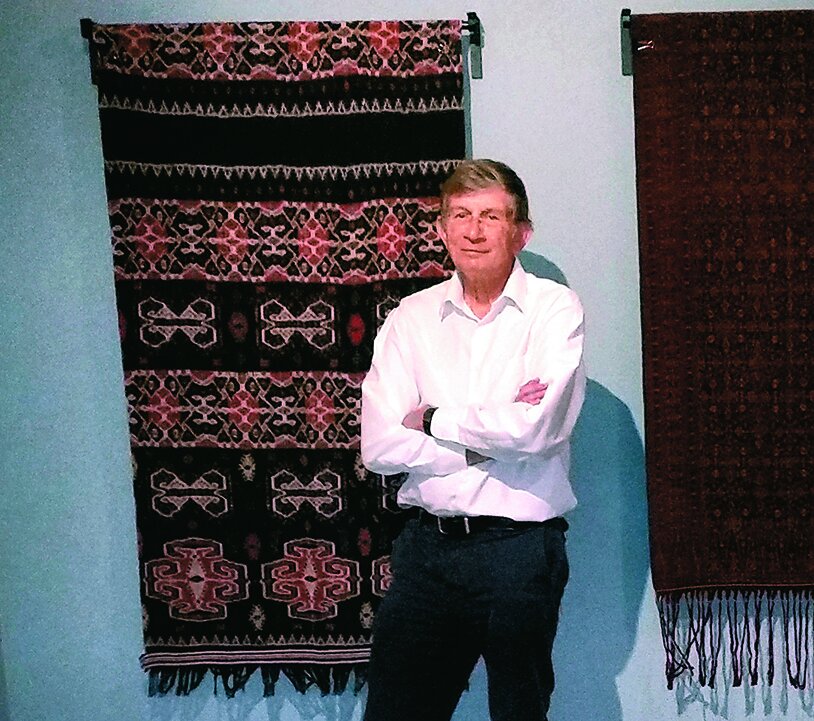
Woven Languages: An Interview with Peter ten Hoopen
Growing up in the Netherlands in the 1950s, I came into contact with Indonesian culture at an early age. Neighbours who had lived in ‘Indië’ loved to display whatever works of art they had brought home from this enchanted world, with its hints of mystery and magic. In 1975 a friend showed me an ikat from Sumba. With its intriguing, scintillating patterns, it immediately fascinated me.
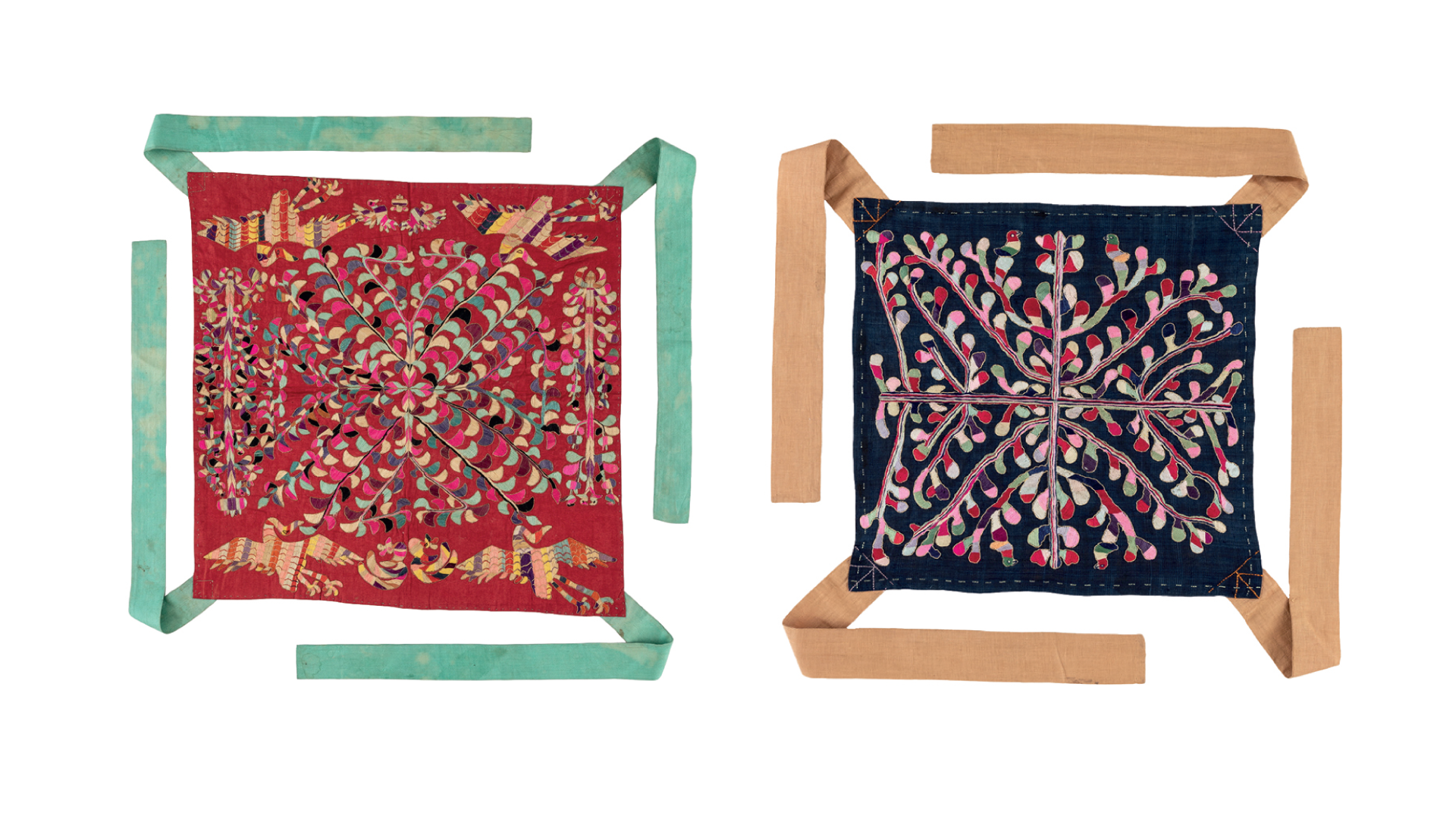
Stitches Empowered: Korean Embroidery Arts from the Joseon Dynasty
Toward the latter half of the Joseon dynasty (1392−1910), when the conservative interpretation of neo-Confucian teachings became mainstream, women, regardless of their social and economic status, increasingly faced rigid restrictions in all aspects of daily life. From 8 March to 26 July 2020, The Cleveland Museum of Art (CMA) and the Seoul Museum of Craft Art will pre-sent an exhibition titled ‘Golden Needles: Embroidery Arts from Korea’ in CMA’s Arlene M. and Arthur S. Holden Textile Gal-lery and Korea Foundation Gallery. This special exhibition explores Korean fine embroidered works as tools of empowerment for women to overcome social constraints and to define their own cultural identity.

Fringe Benefit: The Margins of Islamic Art at Shangri La
The Islamic art collection housed at Shangri La in Honolulu, Hawai‘i is unique for a publicly accessible collection. Numbering more than 2,500 objects, it includes important works of art and represents a sustained commitment to collecting for nearly 60 years. However, no professionally trained curator or renowned art historian ever oversaw or even advised on the purchase of its pieces.

Bridging the Distance: Forging Connections with Islamic Art at the Walters Art Museum, Baltimore
In the new installation ‘Across Asia: Arts of Asia and the Islamic World’ at the Walters Art Museum in Baltimore, multimodal interpretation—from digital and analogue interactive elements to polyvocal didactics—serves to forge connections between the historical art on view and the 21st century museum visitor.

An Interview with Amna Naqvi
Amna Naqvi’s lifelong love of art, literature and learning has come together in the AAN Foundation, an effort to provide sup-port and platforms for cultural projects related to Asia. Born in Pakistan, Amna and her family now call Hong Kong home, having also lived previously in Indonesia and Singapore. Although contemporary art is a major passion—the AAN Collection is the largest such private assemblage of Pakistani contemporary art—history figures prominently in her interests and in her development as a collector and arts patron. Alexandra Seno talks with Amna about her connection with art.

Hariti Domesticated: Re-evaluating Structures of Patronage in Gandharan Art
Strategically located on pan-Asian trade networks in modern-day northwestern Pakistan and Afghanistan, the region named Gandhara was of tremendous economic importance in the early centuries of the Common Era, a locus of exchange between cultures, both in terms of trade and ideas. Over the centuries, it was successively occupied by Achaemenid, Mauryan, Greco-Bactrian, Scythian, Parthian and finally, Kushan rulers, with each of these foreign dynasties leaving imprints of their visual culture and belief systems.
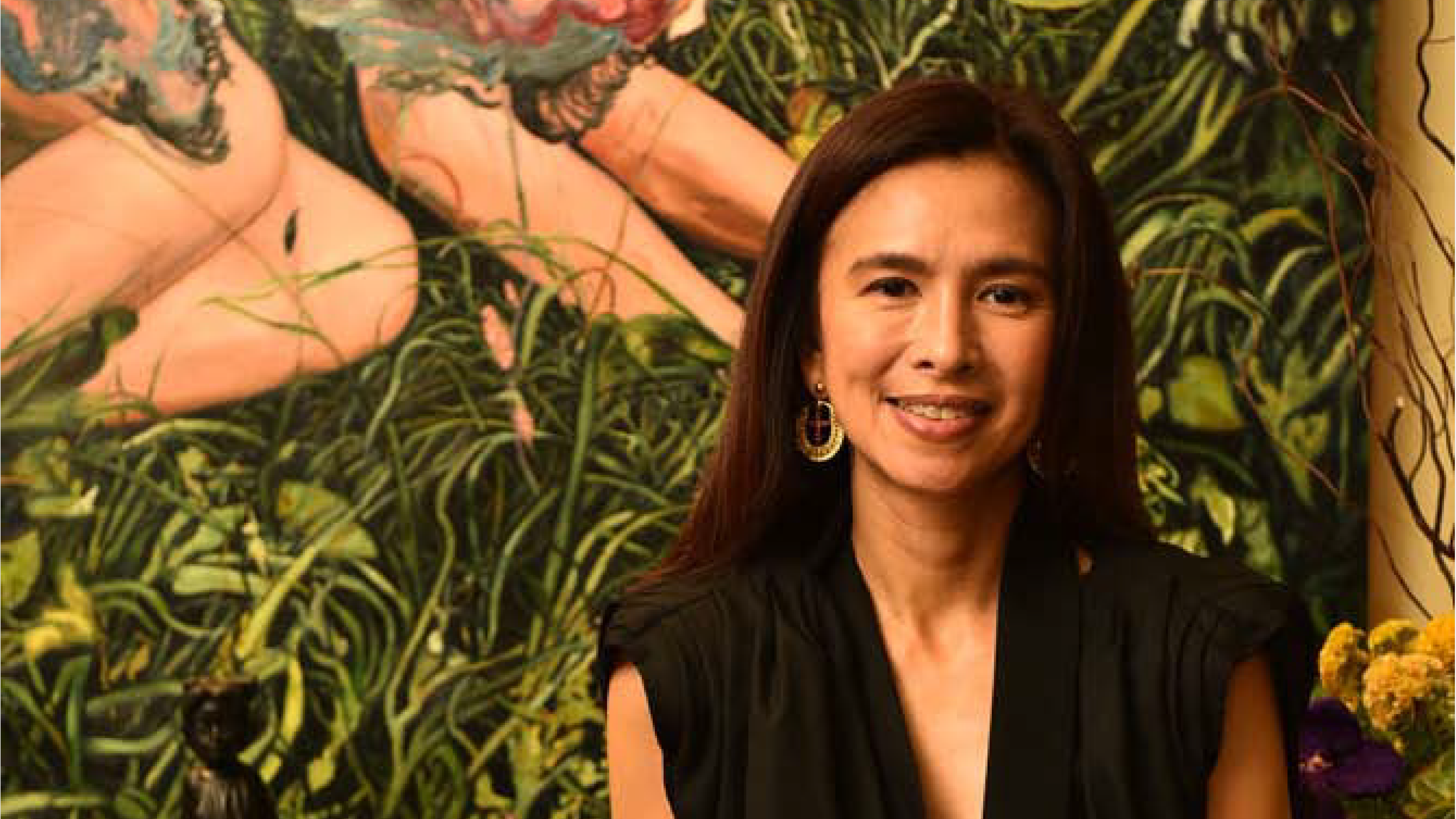
An Interview with Trickie Lopa
In 2006 Trickie Lopa founded the affordable art fair Art In The Park, together with Lisa Ongpin-Periquet, to raise funds for the Museum Foundation of the Philippines, of which she was then a board member. In 2012, the duo set up Philippine Art Events Inc., and together with Dindin Araneta, they now manage Art In The Park, Art Fair Philippines (founded in 2013) and The Nonesuch fair (established in 2017). Orientations talked to Trickie about her taste in art, how she developed her collection and how she displays it in her Manila home.

Philippine Gold: Southeast Asian Trade and Transmission
The Wenxian tongkao (Comprehensive Examination of Literature by Ma Duanlin [1245–1322]) mentions a Philippine ship arriving in China in 982 and subsequent dynastic records list gold as an item of exchange. But the Chinese records contain no details about the nature of the gold that was traded, and it is not until the 16th century arrival of the Spanish that we are provided with a wealth of information about gold working and the ornaments themselves.

An Interview with Kjeld von Folsach, Director of the David Collection
The David Collection in Copenhagen, Denmark, was founded in 1945 by the prominent lawyer Christian Ludvig David (1878–1960). The collection, consisting of three main categories—Islamic art, 18th century European art and Danish early modern art—is housed in the building that was once his residence and a neighbouring property acquired in 1986. It is entirely funded by private means through the C. L. David Foundation and Collection, which also supports other institutions, excavations and publications. In his role as director since 1985, Kjeld von Folsach has overseen the strengthening of the collection and the total renovation and reinstallation of the museum. We speak to him about the evolution of the collection and future plans for the museum.
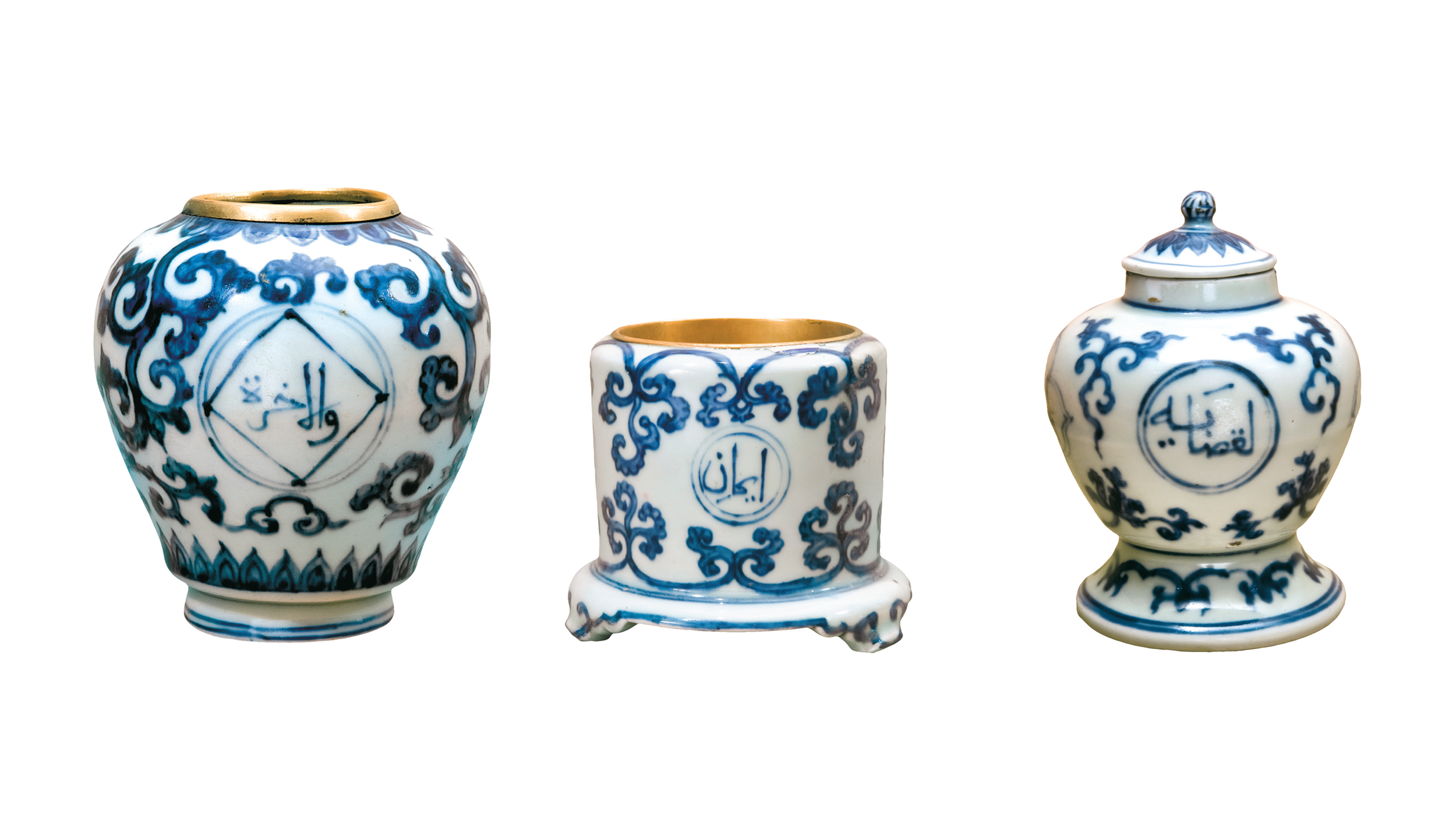
Muslim Blue, Chinese White: Islamic Calligraphy on Ming Blue-and-white Porcelain
Nearing the end of the second decade of the 21st century, the world is witnessing a global pivot toward Asia in international affairs. Meanwhile, China’s ambitious Belt and Road Initiative is predicated upon the global importance of mutually beneficial relations between China and its westward neighbours, a vast proportion of whom are Muslims. The success of the initiative, with its economic and political aspirations, depends on bringing together people of diverse cultures, evoking the history of ancient commercial overland and maritime trade networks, romantically imagined as the ‘Silk Roads’.

The Making of ‘Eternal Offerings’: A Collaboration
The Minneapolis Institute of Art (Mia) possesses one of the great collections of archaic Chinese bronzes in the United States. While additions have been made in recent years, the core of the collection was bequeathed to the museum in 1950 by Alfred Fiske Pillsbury (1869–1950) (Fig. 1). Ranging in date from the Shang (c. 1600–1046 ) through the Han (206 –220 ) dynasties, the collection was the result of a relationship between Pillsbury and international art dealer C. T. Loo (1880–1957), who, in the 1930s and 40s, located excellent examples of nearly every vessel type

Ya Chou lei: A Unique Shang Wine Vessel at Mia from the Former Qing Imperial Collection
Among the outstanding ancient Chinese ritual bronzes collected at the Minneapolis Institute of Art (Mia)—the majority of them were bequests of Alfred F. Pillsbury—one vessel known as Ya Chou lei particularly stands out. Not only was it formerly in the Qing imperial collection and recorded in Xiqing gujian (12.6), a catalogue documenting the Qianlong Emperor’s collection, but its origin and patron, intricate design, and casting technique are also fascinating.
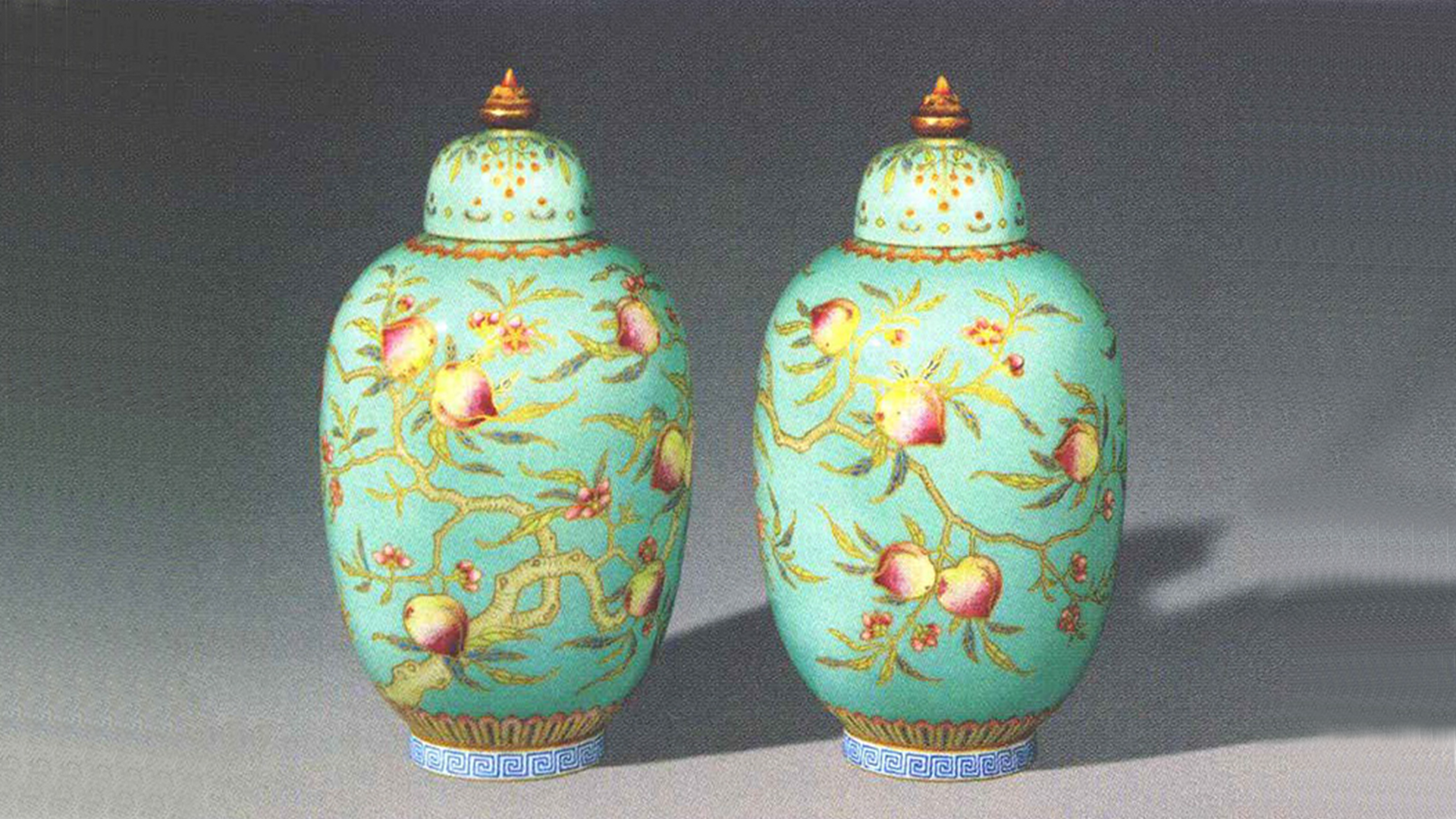
Conversation with a Collector
The Wangxing Lou Collection, assembled over the last twenty years, is considered one of the foremost Chinese private collections of Qing period (1644-1911) imperial ceramics. The collector, who prefers to remain anonymous, spoke to Henry Howard-Sneyd about his fascination with Qing ceramics.

The Origins of Guyue Xuan Enamelled Glass Wares: A Documentary Group of Qing Imperial Enamels Produced in the Inner Palace between 1767 and the 1770s
Now that we know the origins of the name Guyue xuan, the date of its inauguration in 1767, the burst of production in a few months of summer/autumn of each year, and its place of manufacture in the Forbidden City, we are in a position to consider the objects’ purpose.

An Interview with Dr. Katherine Crawford Luber
I joined Mia in January 2020, just two months before the museum had to close its doors for the pandemic. As you can imagine, the past two years have been challenging. However, they have also helped me to understand what an incredible opportunity we have here at Mia. I picture the future of the museum as one that centres on three pillars: inclusion, excellence, and sustainability.

‘Decolonizing’ Chinese Porcelains: Ernest Grandidier’s Collecting and Display at the 19th Century Louvre
The 19th century, which witnessed unprecedentedly close, albeit unequal, contact between Europe and China, provides a wide range of hybrid artistic representations that have amazed art lovers both visually and culturally. One of the key forms of Western representation of China is, of course, the collection and display of Chinese artefacts and artworks—especially in France, a country with a long history of admiration, collection, and appropriation of Chinese art.
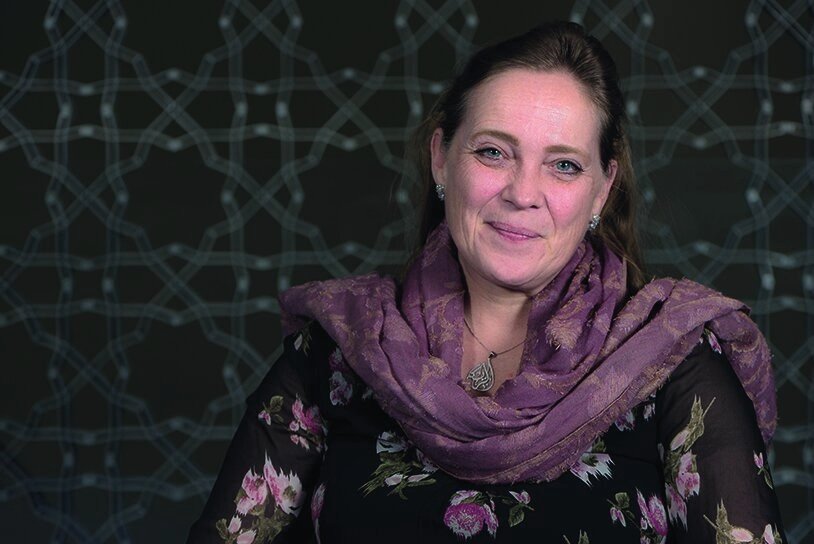
An Interview with Dr Ulrike Al-Khamis: Interim Director and CEO, Aga Khan Museum
Since the museum’s opening in 2014, we have worked consistently to foster a greater appreciation of the contributions that Muslim civilizations have made, and continue to make, to world heritage, as well as the intercultural dialogue and interconnectedness between them and other cultures.
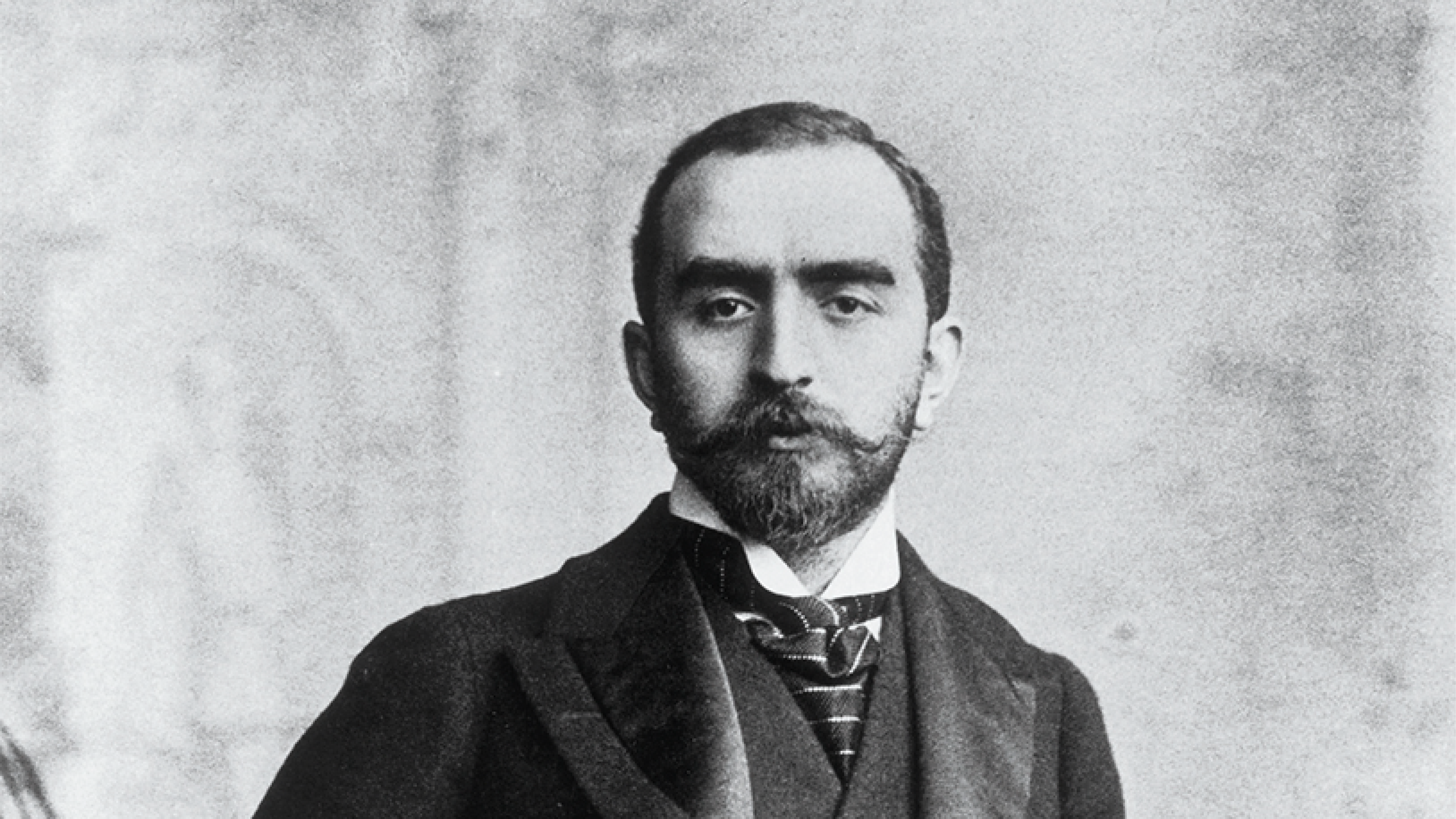
‘An Oriental Collector’: Calouste Gulbenkian’s Taste for Arts of the Islamic World and China
Born in 1869 in Istanbul, the crossroads of Eurasia, Calouste Sarkis Gulbenkian always defined himself as an ‘oriental collec-tor’. His cultural view was expansive, extending beyond the Ottoman Empire of which he was a citizen to the east and west. By the time of his death in Lisbon in 1955, at age 86, this vision was reflected in a splendid art collection comprising some 6,000 objects originating from England to Japan, and dating from antiquity to the early 20th century.

An Interview with Japanese Painting Collectors Robert and Betsy Feinberg
In this interview Yukio Lippit, co-curator of the exhibition ‘Painting Edo: Japanese Art from the Feinberg Collection’ (14 February–26 July 2020) at the Harvard Art Museums, talks to the Feinbergs about their almost half-century of collecting.
